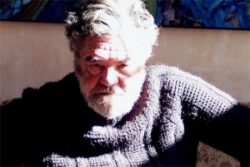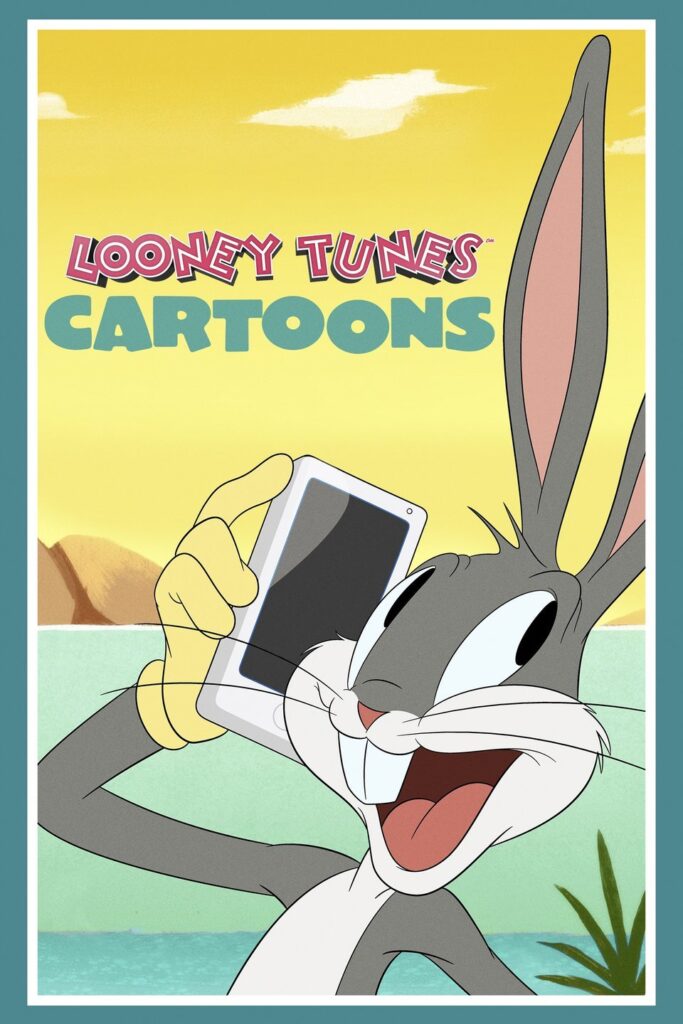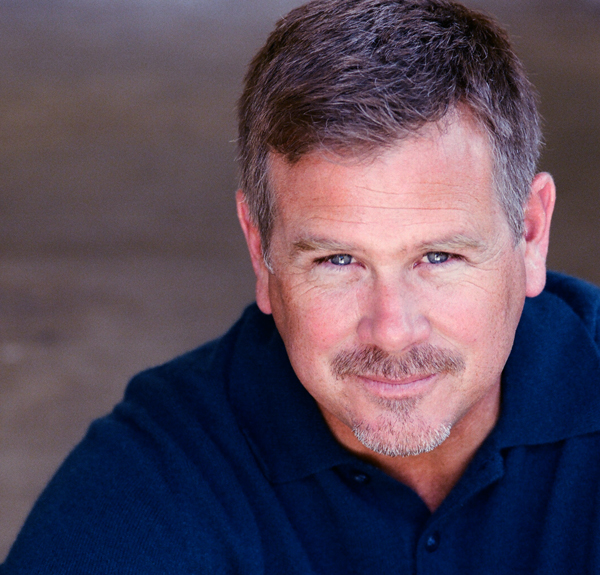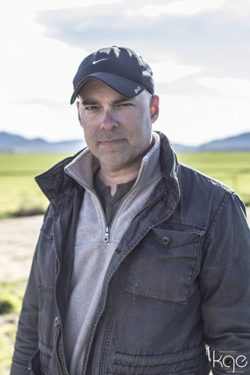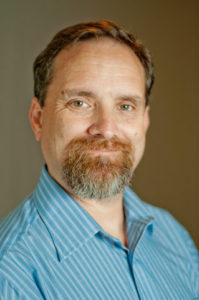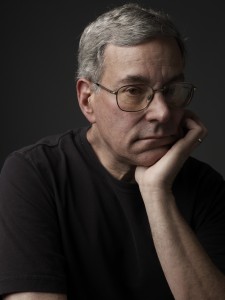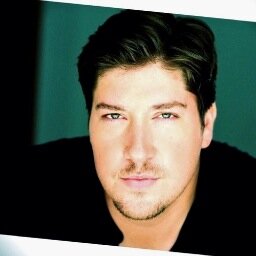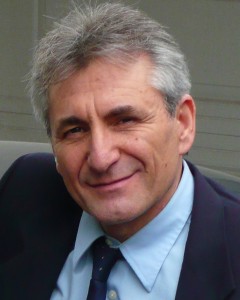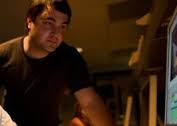I’ve been a huge fan of Bob Gale since the year I graduated high school. That year (1978), he and his writing partner, Robert Zemeckis (who also directed), came out with a small film called “I Want to Hold Your Hand,” a movie which detailed a group of youngsters plotting how to meet the Beatles during their first visit to New York City. Next up for the duo was the Steven Spielberg-directed comedy “1941,” an all-star epic featuring an amazing cast including Dan Aykroyd, John Belushi, Nancy Allen, Tim Matheson and Treat Willliams.
In 1980 the two wrote (and Zemeckis again directed) the outrageous comedy “Used Cars,” a film still on my top ten list of funniest films ever. Things changed for the duo in 1985 when Universal released “Back to the Future,” a film that spawned two successful sequels, earned Gale and Zemeckis their first Academy Award nominations and made Michael J. Fox a star. While Zemeckis continued on his path to Oscar-winning director, Gale continued to write and produce, eventually moving behind the camera himself.
In the mid 90’s, Gale partnered with Sony Pictures to produce an interactive theatre experience called “Mr. Payback.” I was very fortunate to work for Loews Theatres (owned by Sony) at the time and my theatre was one of the trial theatres for the film. Mr. Payback was a cyborg who punished the bad guys when they needed it. As the story progresses, the audience decides the punishments Mr. Payback dishes out to those who deserve them.
This Saturday evening, April 18, Mr. Gale will be appearing at the Kansas City Film Fest, where he will present a 30th Anniversary screening of “Back to the Future.” As his appearance grew near, we spoke about his early films, the resurrection of “Mr. Payback” and if he has any money on the Cubs winning it all this year.
Mike Smith: Hello.
Bob Gale: You called right on time. You score points for punctuality!
MS: 30 years ago your life was about to change. Did you have any idea that “Back to the Future” was going to be so well received?
BG: (laughing) Hell no! We had a hard enough time getting the movie made when we did. It took us almost three and a half years from when we did the first draft to get the movie into production. People kept telling us that it was a time travel movie and that time travel movies never make any money.
MS: Surprise.
BG: (laughing) Yeah.
MS: Your earlier films, among them “1941” and “Used Cars,” are now considered classic comedies with a great fan base. I actually saw “Used Cars” here in Kansas City when it screened at Showarama.
BG: Oh yeah, we did come out to Showarama to talk “Used Cars.”
MS: Can you explain why some films, especially comedies, sometimes take time to be recognized?
BG: Sometimes it has to do with the marketing. People need a reason to go to a movie. If they could figure out a way to do it right every time more movies would be more successful. I mean, the problem with “Used Cars” is that we opened in half of the country the weekend after the movie “Airplane!” opened. And “Airplane!” got all of the attention. And it should have, it was a very funny picture. Also, in hindsight, “Used Cars” was probably not the best title. You mention “used cars” to people and they have a bad connotation with the concept. Maybe if we’d called the movie “Trust Me” (the campaign slogan of Kurt Russell’s Rudy Russo) it would have done better. And Kurt Russell was not as well-known back then as he is now. And of course, older movies are now more easily accessible, with cable television and all the streaming home video. Now it’s not that hard to search out a movie that somebody has talked about to them.
MS: I would proudly put a RUDY RUSSO bumper sticker on my car!
BG: (laughs heartily)
MS: Tom Wilson (Biff in the “Back to the Future” films) famously sings during his stand-up act that “Back to the Future 4” ain’t happening. Any chance he’s wrong?
BG: No, he’s not wrong. Who would want to see a “Back to the Future” movie without Michael J. Fox in it?
MS: (feeling like an ass because I tried to be cute and instead sounded like an idiot) Wow. I didn’t even think about that.
BG: There you go. Besides, what did you think about “Indiana Jones 4?”
MS: Gotcha.
BG: Sometimes it’s best to just quit while you’re ahead, right?
MS: Any chance they’re ever release the Eric Stoltz footage? (NOTE: for those readers who don’t know, when Michael J. Fox was originally unable to star in “BTTF,” the role of Marty McFly went to Eric Stoltz. Apparently the filmmakers were not happy with Stoltz’s performance and made a deal with the producers of Fox’s television show, “Family Ties,” that allowed Fox to do both the series and the film).
BG: We’re not in a big hurry to do that because it would make Eric look bad. We’re not interested in shining a light on the guy and saying, “Jesus, see how (bad) he was?” We never destroyed the footage. Maybe it will be released after Zemeckis and I are dead. We felt it was of enough historic value that we wouldn’t authorize its destruction.
MS: Last “Back to the Future” question – if you had a chance to get into the DeLorean, where would you go?
BG: (laughs) What day is it? Every day you read about something and you wonder, “Gee, I wonder what really happened back then?” I have to say, I would really love to watch my parents on their first date. There is just something so sadistically voyeuristic about that. I would also like to go back in time to attend a lecture by Mark Twain…I’d like to go to some of the great, old World’s Fairs, to see what they were really like. I’d like to be a time traveling tourist.
MS: I worked for Loews Theatres back east and we were one of the theatres that had “Mr. Payback.”
BG: Wow!
MS: In this day and age, with everything being so interactive, is there any thought of bringing that process back?
BG: I’ve got a DVD where I recorded a couple plays of the show and I periodically take it around and show it to people and say, “Hey, we can do this. We can do this now.” But people still don’t get it. Eventually I think that they will. I do hope so. We were definitely ahead of our time with that thing.
MS: You’ve written for comics. Is it easier as an artist because you don’t have any time constraints? Where normally you’d have a 5-hour movie, now you can just stretch it out over enough issues?
BG: Every medium that you work in has its own rules and restrictions and conventions that you need to be aware of. So is it easier to write for comics then for movies? Not necessarily. There are certainly a lot fewer people that you have to deal with to get to the point where somebody pushes the button and says “let’s go” but you also have the matter of them saying, “OK, we want this series to be finished in four issues” when you thought you were going to have five or six to do it in. Again, you still have marketing to deal with and all kinds of crazy stuff because what it looks like from the outside is never the same as when you get in there.
MS: Finally, what are you working on next?
BG: I’ve got a television pilot I’ve been trying to get off the ground. This year has been so…everyone has been so crazed about “Back to the Future” and its 30th Anniversary…it seems like I can’t get two uninterrupted hours to work on something where I’m not interrupted by a phone call or email or an interview regarding some of the events were putting together for the rest of the year. There’s a fabulous book coming out, on or about October 21st, that is pretty much the definitive “making of” about the trilogy. You’ll see plenty of photos of Eric Stoltz in that. So for everybody that wanted to know what it looked like with him in it, they’ll get a taste of it.
MS: Quick follow-up that just hit me…do you have any money on the Cubs winning the World Series this year? (NOTE: In “BTTF II,” Marty travels to the year 2015 and is surprised to learn that the Chicago Cubs won the World Series that year, beating Miami).
BG: (laughs for a while) No, but interestingly enough, the Miami Marlins…the guys in their promotion department are big “Back to the Future” fans…they’re planning most of their season off of “Back to the Future II,” saying they’re going to rewrite history and win the World Series, not the Cubs. They’re going to do a big promotion at Marlins Park on September 25th (sadly, the Marlins play the Braves that night, not the Cubs). We’re going to go there and throw out the first pitch and they’re even going to make their uniforms look like the way we depicted them in the movie. Now when we made Part II, there was no baseball franchise in Florida, so when we created them we thought they would be the Miami Gators. The plan that I heard was that they were going to make Miami Gators uniforms for that night. But would I ever bet on the Cubs? Not a chance! I’m from St. Louis.
MS: Cardinal fan.
BG: That’s right.
MS: Wow, it must have hurt for you just to write that the Cubs won the World Series.
BG: Not at all. It’s a great joke! But look, here’s the deal. If the Cubs actually get into the World Series, Bob Zemeckis and I will be hailed as visionaries! But if they choke, the joke will remain funny for many more years to come.
MS: Thank you so much for your time. It’s been a real pleasure to speak with you.
BG: Thank you, Mike. It’s always a pleasure to speak with a “Used Cars” fan.
MS: I work for the local electric company and I deal with customers every day and I often find myself quoting Jack Warden to myself.
BG: (in a gruff Jack Warden voice) You don’t know dick!
MS: Exactly. That and “what are you, a f***ing parrot?!”
BG: (laughs)
MS: Have a great day and thanks again.
BG: You too, Mike. Bye. (continues to laugh as he hangs up the phone – I must say it feels so great to hear someone who makes you laugh think you’re funny).
The “Back to the Future” event with the Miami Marlins on September will raise money for Parkinson’s research. Media Mikes would like to ask its readers to please take the time to learn about the disease by visiting the Michael J. Fox Foundation at www.michaeljfox.org Thank you!


